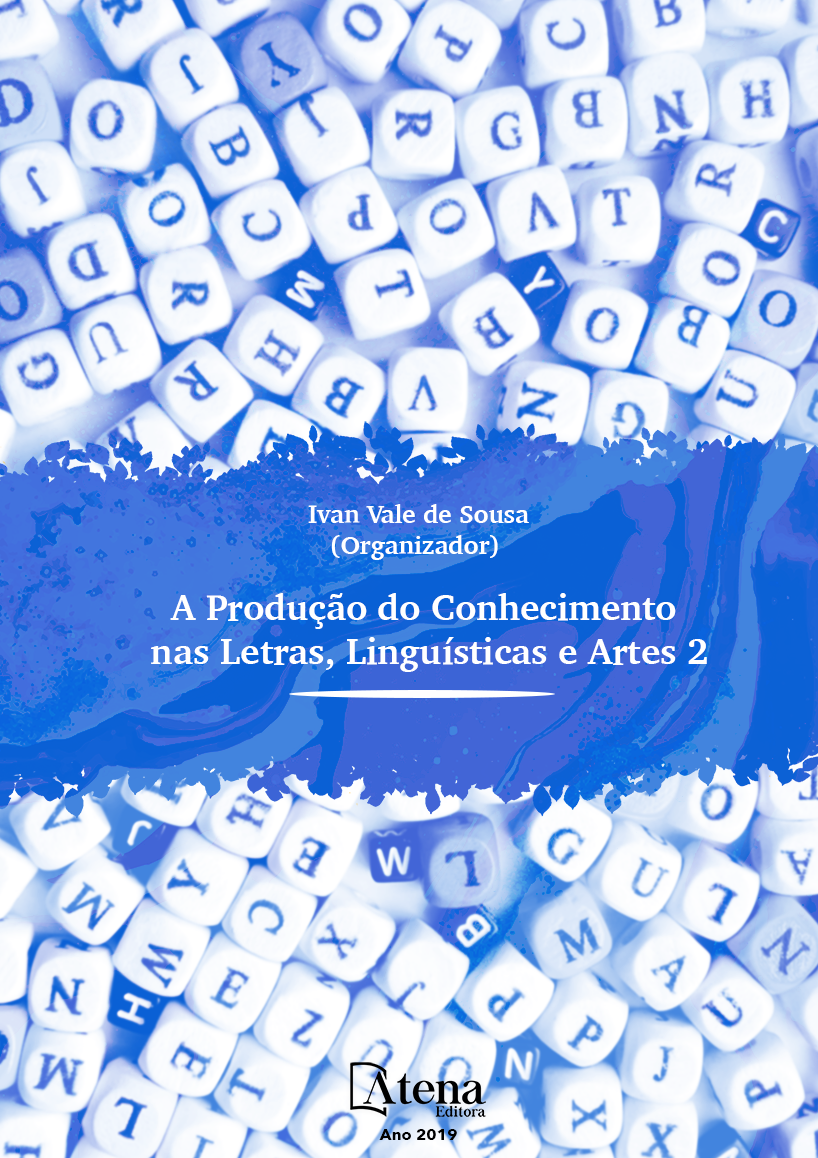
FABRICAÇÕES DO COTIDIANO: ESTÉTICA E VISUALIDADE NOS/DOS GRAFITOS DE BANHEIRO
Este trabalho apresenta questões
da estética e da visualidade dos grafitos de
banheiros como fabricações verbo/visuais que
apontam discursos do cotidiano universitário.
Pretendemos, a partir do registro fotográfico
de grafitos encontrados em alguns espaços,
especificamente no contexto da Universidade
de Brasília, refletir acerca de um cotidiano
silenciado marcado por ações que carecem
de autoria. No entanto, essas ações também
reforçam o caráter do anonimato como um
movimento que acentua a voz e a força dessas
fabricações, intervindo esteticamente no
espaço dos banheiros. O interesse de pesquisa
surge a partir dos conceitos de Glauco Mattoso
(2001) sobre datilograffiti e coprofagia, como
ponto de partida teórico, no sentido de trazer
para o debate reflexivo sobre o campo da arte e
da cultura visual o pensar sobre o próprio fazer
artístico como uma possibilidade de invenção
e fabricação do olhar. Compreendemos que,
faz parte da escrita do autor a criação de
conceitos que justificam sua intencionalidade
estética e visual, sobretudo, ao considerarmos
a proposta do datilograffiti como uma ideia
que explica a estética do Jornal Dobrabil. Um
folhetim parodístico e chulo, cuja exploração
imagética pela máquina de escrever incorporou
uma linguagem transgressora, a “literatura
de mictório”. É a partir dessa perspectiva que
propomos um olhar acerca dos grafitos que
aqui denominamos de verbo/visuais, porque
transitam na dimensão gráfica da escrita e
da imagem, interrogando-nos a investigar
essas demandas do não-dito, silenciadas e
emergenciais em sua dimensão subjetiva.
Dessa forma, parece propícia a ocupação
desses territórios públicos destinados àquilo
que consideramos inútil, residindo uma ideia de
apropriação como forma de romper com esse
silenciamento.
FABRICAÇÕES DO COTIDIANO: ESTÉTICA E VISUALIDADE NOS/DOS GRAFITOS DE BANHEIRO
-
DOI: 10.22533/at.ed.8071924045
-
Palavras-chave: fabricações visuais; estética; grafitos; banheiros
-
Keywords: visual fabrications; aesthetics; graffiti; restroom
-
Abstract:
This work presents questions
of the aesthetics and the visuality of restroom
graffiti as verb/visual fabrications that point out
speeches of everyday life at University. We
intend, from the photographic record of graffiti
found in some spaces, specifically in the context of the University of Brasilia, to think
over a silenced everyday life, marked by actions that lack authorship. However, these
actions also reinforce the character of anonymity as a movement that emphasizes the
voice and the strength of these fabrications, aesthetically intervening in the space of
restrooms. The interest of the research arises from the concepts by Glauco Mattoso
(2001) about Datilograffiti and Coprophagy. We admit, as a theoretical starting point,
the writings of Mattoso, in the sense of bringing to the reflective debate, on the field
of art and visual culture, the thinking about the artistic making itself as a possibility
of invention and fabrication of the view. We understand that it is part of the author’s
writing to create concepts that justify his aesthetic and visual intentionality, especially
when we consider the proposal of datilograffiti as an idea that explains the aesthetics
of Jornal Dobrabil (Dobrabil Newspaper), a parodical and coarse novel, in which the
imagery exploitation by the typewriter has incorporated a transgressive language,
the “urinal literature”. This perspective of mapping the graffiti that we call the verb/
visuals, because they transit in the graphical dimension of writing and image, asks
us to investigate these demands of the unsaid, silenced and urgent in their subjective
dimension. In this way, it seems conducive to the occupation of these public territories
destined to what we consider useless, residing an idea of appropriation as a way of
breaking away from this silence.
-
Número de páginas: 15
- Luiz Carlos Pinheiro Ferreira
- Ana Paula Aparecida Caixeta


